The Ultimate Guide to Lion Subspecies

The Ultimate Guide to Lion Subspecies
"Unleash the Power of the King: Discover the Strength, Grace, and Majesty of Lions"
Introduction:
The lion is an iconic animal that is widely recognized around the world. Known for its majestic mane and powerful roar, the lion is the second-largest big cat species in the world after the tiger. Lions are social animals and are often depicted as symbols of strength and courage. In this article, we will explore the full details of the lion, including its physical characteristics, behavior, habitat, diet, and conservation status.
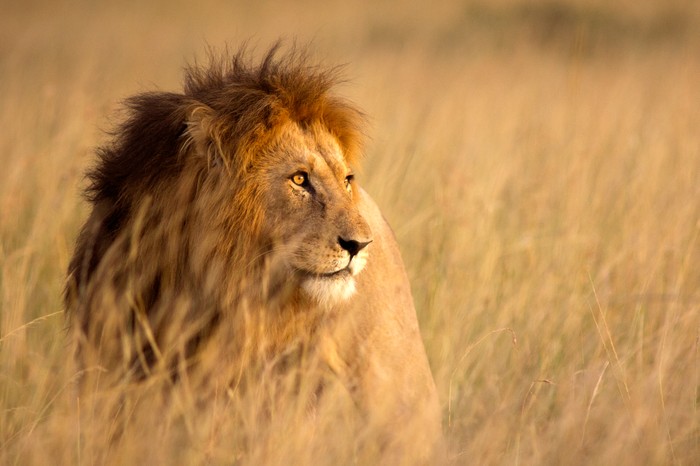
Physical Characteristics:
Lions are large, muscular cats with short, tawny-colored fur and black-tipped tails. Adult male lions have a distinctive mane of long hair around their necks, which varies in color from light to dark brown. The mane serves to make the lion appear larger and more intimidating to rivals and predators.
Male lions are typically larger than females, with an average weight of 190-225 kg (420-500 lbs) compared to the female's weight of 125-165 kg (275-365 lbs). Adult lions can grow up to 3 meters (10 feet) in length, including their tails.
Lions have powerful jaws with sharp teeth that are used to catch and kill prey. They also have retractable claws that are used for gripping prey and climbing trees.
Species:
There is only one species of lion, but there are several subspecies of lion that are found in different regions of Africa and Asia. These subspecies differ in their physical characteristics, behavior, and habitat. Here are some of the most well-known subspecies of lion and their estimated population counts:
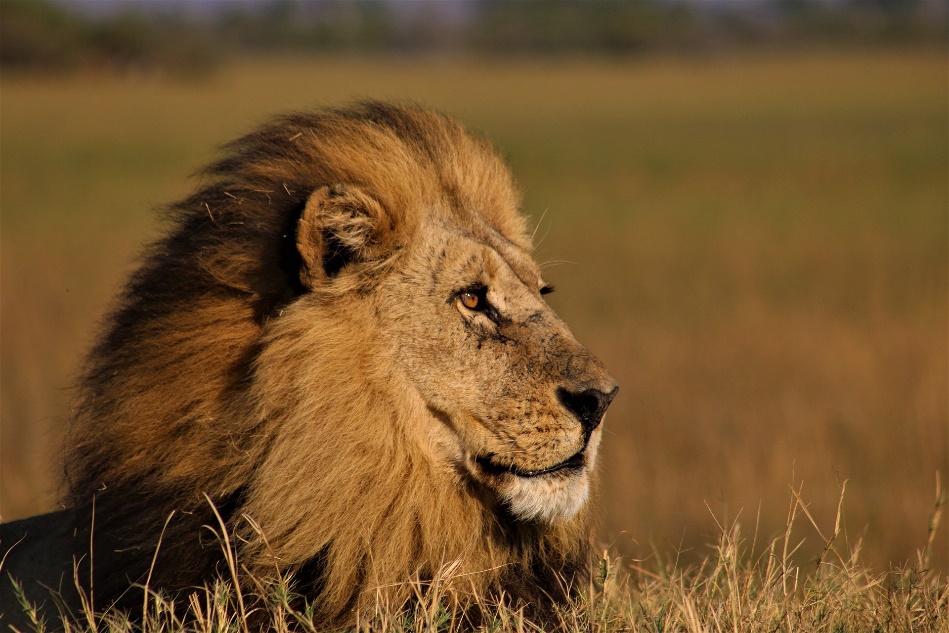 African Lion (Panthera leo leo)
African Lion (Panthera leo leo)1. African Lion (Panthera leo leo): The African lion is the most well-known subspecies of lion and is found in sub-Saharan Africa. The population of African lions has declined significantly in recent years due to habitat loss, poaching, and human-wildlife conflict. It is estimated that there are only around 20,000 African lions left in the wild.
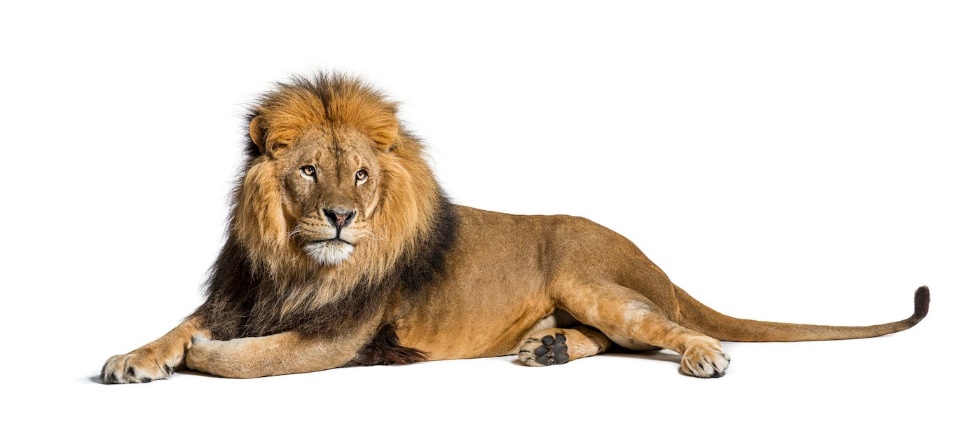 Asiatic Lion (Panthera leo persica)
Asiatic Lion (Panthera leo persica)2. Asiatic Lion (Panthera leo persica): The Asiatic lion is a subspecies of lion that is found in the Gir Forest National Park in India. The population of Asiatic lions was once critically endangered, with only around 50 individuals left in the wild. However, conservation efforts have been successful in increasing the population to over 500 individuals.
 Barbary Lion (Panthera leo leo)
Barbary Lion (Panthera leo leo)3. Barbary Lion (Panthera leo leo): The Barbary lion is a subspecies of lion that was once found in North Africa. However, the last known wild Barbary lion was killed in the 1920s, and the subspecies is now extinct in the wild. There are believed to be around 90 Barbary lions in captivity, but there is no known breeding population.
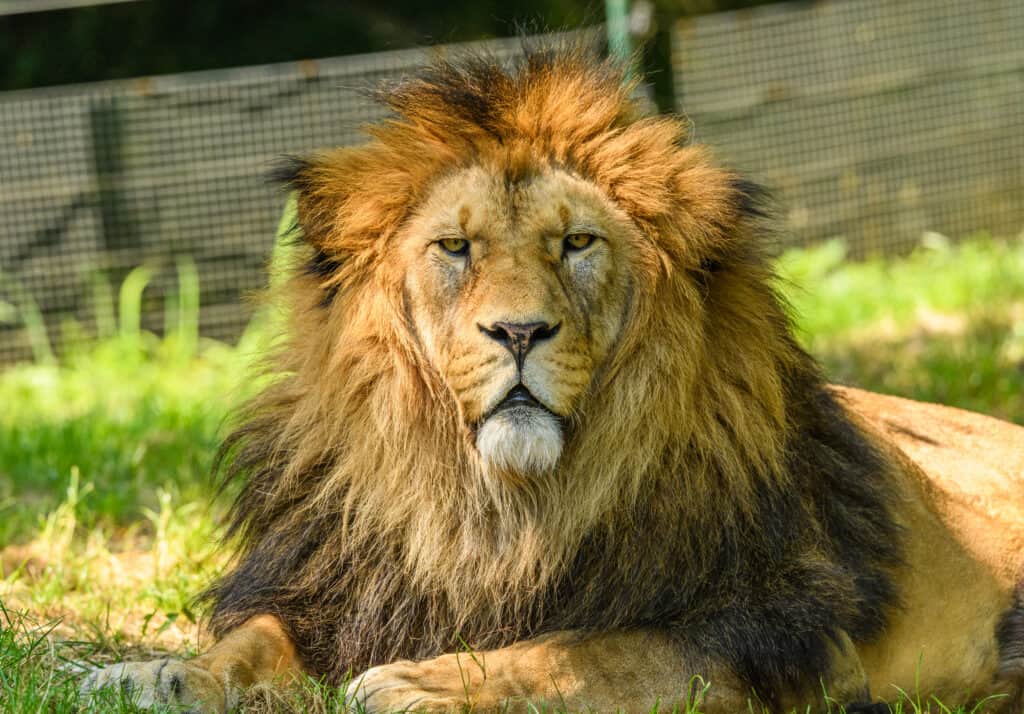 Cape Lion (Panthera leo melanochaita)
Cape Lion (Panthera leo melanochaita)4. Cape Lion (Panthera leo melanochaita): The Cape lion is a subspecies of lion that was once found in South Africa. However, the subspecies is now believed to be extinct, with the last known wild Cape lion being killed in the early 1800s. There are no known Cape lions in captivity.
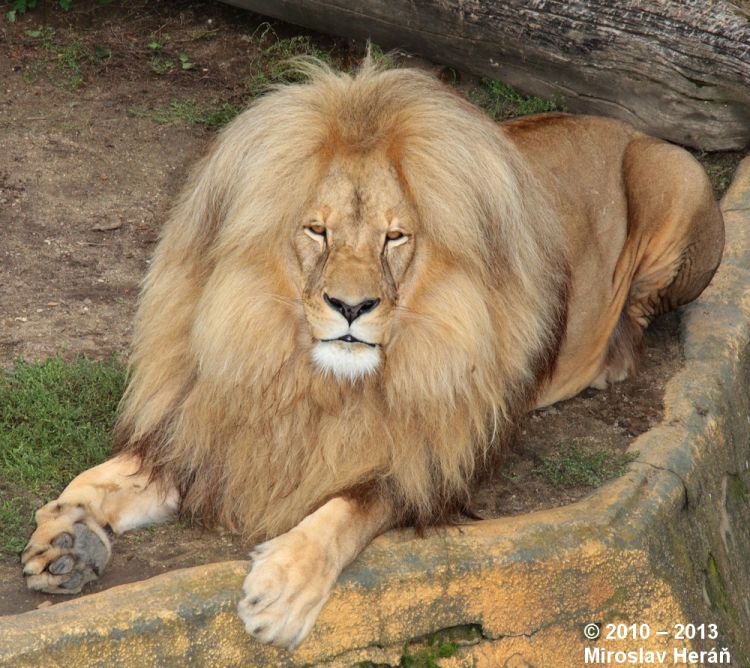 Katanga Lion (Panthera leo bleyenberghi)
Katanga Lion (Panthera leo bleyenberghi)5. Katanga Lion (Panthera leo bleyenberghi): The Katanga lion is a subspecies of lion that is found in the Katanga region of the Democratic Republic of Congo. The population of Katanga lions is believed to be around 200 individuals.
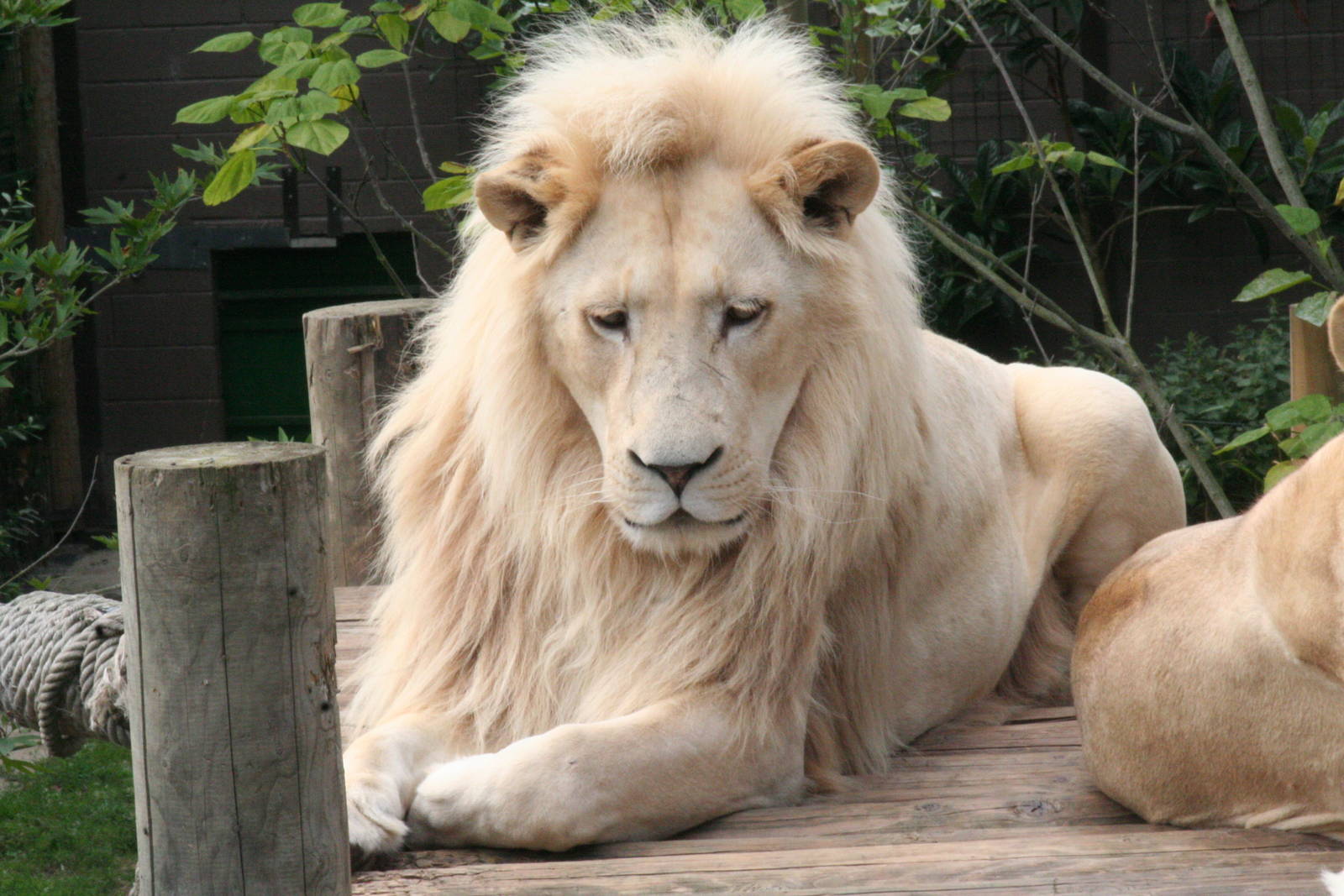 Transvaal Lion (Panthera leo krugeri)
Transvaal Lion (Panthera leo krugeri)6. Transvaal Lion (Panthera leo krugeri): The Transvaal lion is a subspecies of lion that is found in South Africa, Zimbabwe, and Mozambique. The population of Transvaal lions is believed to be around 15,000 individuals.
It is important to note that these population estimates are based on available data and may not be entirely accurate. The actual population counts of these subspecies of lion may be higher or lower than the estimates provided. Conservation efforts are necessary to protect all subspecies of lion and ensure their continued survival.
Behavior:
Lions are social animals and typically live in groups called prides. A pride usually consists of several females, their cubs, and one or two dominant males. The males are responsible for protecting the pride's territory and cubs from rival males.
Lions are most active at night and can sleep up to 20 hours a day. They are also excellent hunters and can run at speeds of up to 50 mph (80 km/h) for short distances. Lions are skilled at stalking their prey and can hunt animals much larger than themselves, such as buffalo and giraffes.
Habitat:
Lions are found in sub-Saharan Africa and a small population exists in the Gir Forest National Park in India. They prefer open grasslands and savannas with scattered trees, but they can also live in semi-arid areas and scrubland. Lions are adaptable and can survive in a variety of habitats, including forests and deserts.
Lions are social animals and typically live in groups called prides. A pride usually consists of several females, their cubs, and one or two dominant males. The males are responsible for protecting the pride's territory and cubs from rival males.
Lions are most active at night and can sleep up to 20 hours a day. They are also excellent hunters and can run at speeds of up to 50 mph (80 km/h) for short distances. Lions are skilled at stalking their prey and can hunt animals much larger than themselves, such as buffalo and giraffes.
Habitat:
Lions are found in sub-Saharan Africa and a small population exists in the Gir Forest National Park in India. They prefer open grasslands and savannas with scattered trees, but they can also live in semi-arid areas and scrubland. Lions are adaptable and can survive in a variety of habitats, including forests and deserts.
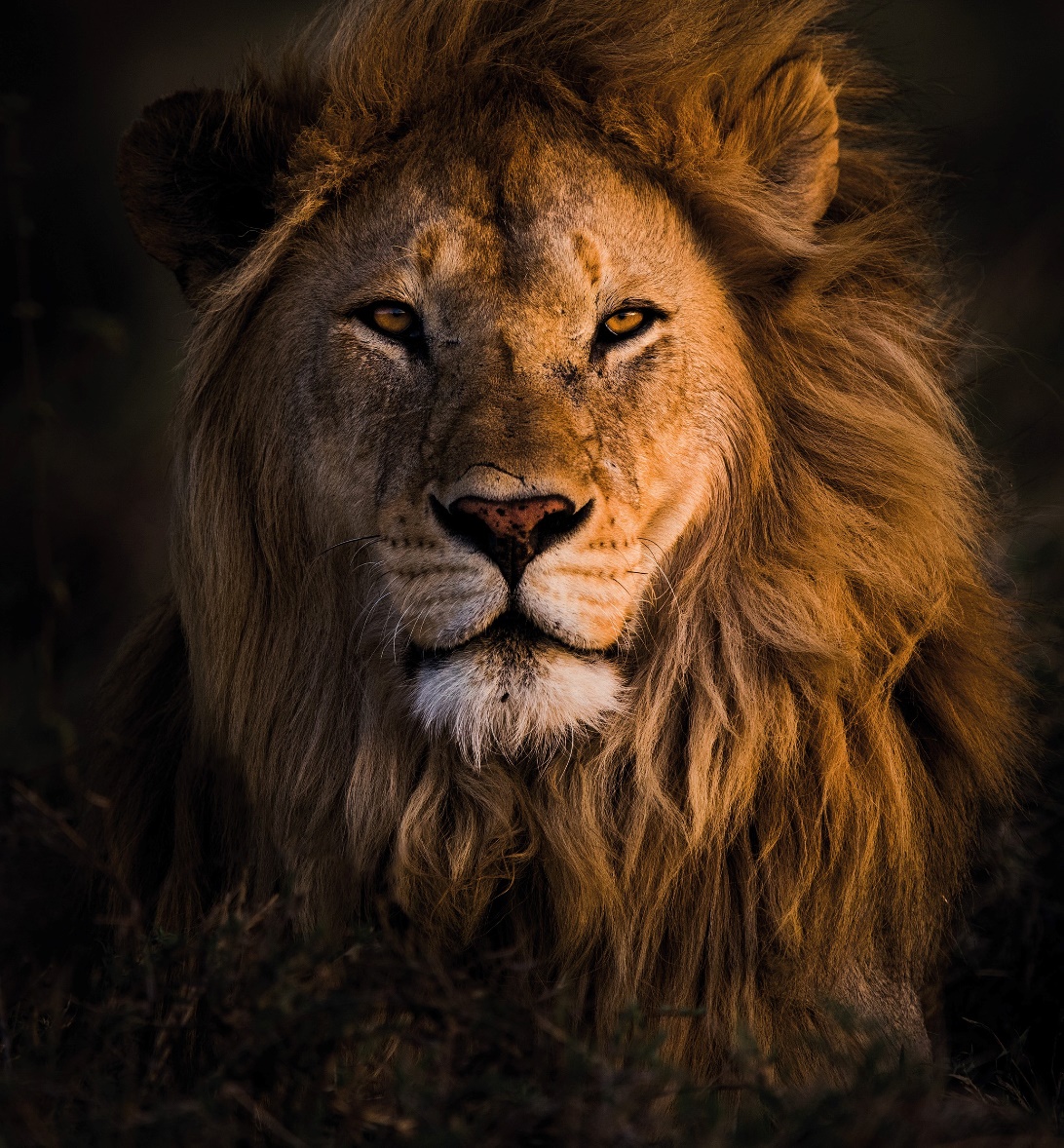
Diet:
Lions are carnivores and feed primarily on large mammals such as buffalo, zebras, and antelopes. They are opportunistic hunters and will also eat smaller mammals such as hares and birds if they are available. Lions typically hunt in groups and use their strength and teamwork to bring down larger prey.
Conservation Status:
The lion is listed as a vulnerable species by the International Union for Conservation of Nature (IUCN). The lion population has declined significantly in recent years due to habitat loss, poaching, and human-wildlife conflict. It is estimated that there are only around 20,000 lions left in the wild.
Conservation efforts are being made to protect the lion, including the establishment of protected areas and the implementation of anti-poaching measures. However, much more needs to be done to ensure the survival of this iconic species.
Conclusion:
The lion is a magnificent animal that has captured the imagination of people around the world. With its distinctive mane and powerful roar, the lion is a symbol of strength and courage. However, the lion is also a vulnerable species that is facing many threats to its survival.
Conservation efforts are essential to protect the lion and ensure its continued existence in the wild. By protecting its habitat, reducing poaching, and promoting coexistence between humans and lions, we can help to ensure that this iconic species remains a part of our world for generations to come.
Lions are carnivores and feed primarily on large mammals such as buffalo, zebras, and antelopes. They are opportunistic hunters and will also eat smaller mammals such as hares and birds if they are available. Lions typically hunt in groups and use their strength and teamwork to bring down larger prey.
Conservation Status:
The lion is listed as a vulnerable species by the International Union for Conservation of Nature (IUCN). The lion population has declined significantly in recent years due to habitat loss, poaching, and human-wildlife conflict. It is estimated that there are only around 20,000 lions left in the wild.
Conservation efforts are being made to protect the lion, including the establishment of protected areas and the implementation of anti-poaching measures. However, much more needs to be done to ensure the survival of this iconic species.
Conclusion:
The lion is a magnificent animal that has captured the imagination of people around the world. With its distinctive mane and powerful roar, the lion is a symbol of strength and courage. However, the lion is also a vulnerable species that is facing many threats to its survival.
Conservation efforts are essential to protect the lion and ensure its continued existence in the wild. By protecting its habitat, reducing poaching, and promoting coexistence between humans and lions, we can help to ensure that this iconic species remains a part of our world for generations to come.